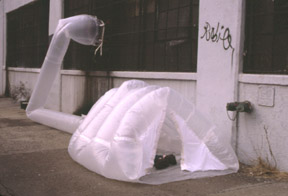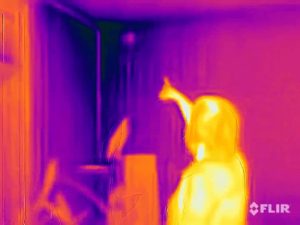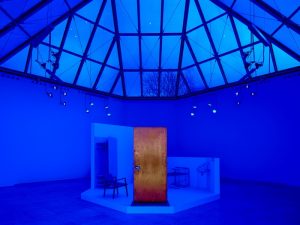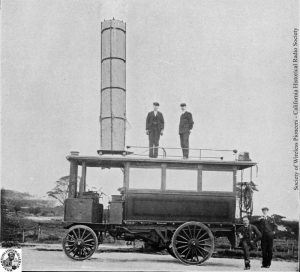American artist Michael Rakowitz’s paraSITE project proposed to take advantage of the exterior ventilation systems on existing architecture to give the homeless a temporary shelter.

The deflated structure have handles to be easily transported or can be carried on one’s back. Once he has found the outtake ducts of a building’s HVAC (Heating, Ventilation, Air Conditioning) system, the user attach the intake tube of the structure to the vent. The warm air leaving the building inflates and heats the membrane structure.
From February 1998 until April 1998, the artist distributed seven prototypes of the paraSITE shelter to several homeless people in Cambridge.
While these shelters were being used, they functioned also as a protest device against authorities willing to make their cities “homeless-proof”. They made even more visible the unacceptable circumstances of homeless life within the city.
More about parasite architecture in the series written by A-Matter , via dezain.
Related stories: the work of Lucy Orta, Subversive shopping carts, urban furniture for the homeless.







